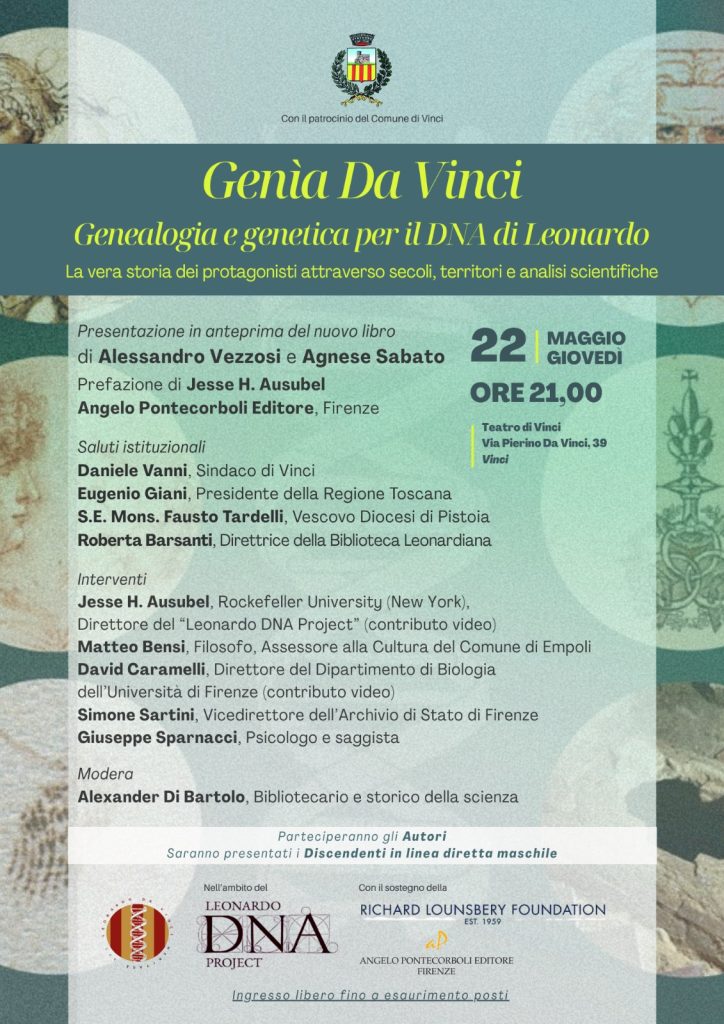In 2019 the CEO of the electric company AEP asked Jesse to address his leadership. Jesse’s talk on Climate and Power included the following prescient words:
A more fascinating and important question is how IT and AI will alter demand. Siri and Alexa are hungry goddesses. I mentioned illuminated skylines of cities but consider that a square foot of a data center guzzles more than 100 times the electricity of a square foot of a skyscraper. More than 1500 skyscrapers of more than 40 stories now define the world’s cities, but the population of enterprise-class date centers now exceeds 5000. The Switch Corporation’s Citadel data center in Northern Nevada will be 7.2 m square feet, 0.25 square miles, and more than twice the area of the world’s largest office building, the Burj al Khalifa in Dubai. It will consume 650 MW around the clock. In round numbers, one million square feet of a new data center demand about 100 MW to live, a density of about 1000 watts per square meter. The world’s most powerful computer, the Summit Supercomputer in Oak Ridge, demands per square foot about 20 times a conventional data center. While efficiency gains continuously, the cloud is nevertheless a glowing cloud of electrons.
Connecting the clouds and all the devices that rely on the clouds also uses a lot of electricity. Per unit of data transported, wireless systems use about ten times the juice of a wired system. Each smart phone finally uses about the same electricity as a high-efficiency household refrigerator. The global population of smart phones may pass five billion in 2019. Meanwhile, Amazon has already sold an additional 100 million digital assistants such as Alexa. We are creating a world with hundreds or thousands of radios per person. The system now operates at 4G, which involves about 20 base stations per square km, globally about four million cell towers. Present information networking uses about 200-300 TW hours per year, about $20 billion worth.
5G, one hundred times faster and needed for high resolution streaming, virtual reality, and autonomous devices, may employ as many as 2000 base stations per sq km, and the Global Small Cell Forum of the telecom industry anticipates for 2025 some 70 million base stations and networking demand for $90 bn worth of electricity. All this will come before autonomous vehicles and indeed is the prerequisite for the sensors and AI that will make autonomy safe and effective.
Whether or not the autonomous vehicles (AVs) use batteries or hydrogen for propulsion, they will use electricity to process their zettabytes and yottabytes of data. In effect each AV will be a high-level server. A fully connected car is expected to generate 25 GB of data per hour. If the car is used 2 hours each day, 60 such cars would generate a petabyte in a year, 60,000 cars an exabyte, and 60,000,000 cars a zettabyte. The present global annual market for servers is about 10 million units. Motor vehicle sales globally are an order of magnitude larger, about 100 million. No wonder software and hardware companies now read Car and Driver. Powering a global stock of one billion servers that also happen to be autos will be a good business, even apart from propulsion. IT can drive a new wave of global electrification, including for mobility. Keep an eye on energy use patterns in Northern Virginia, which hosts the world’s largest concentration of large data centers.
